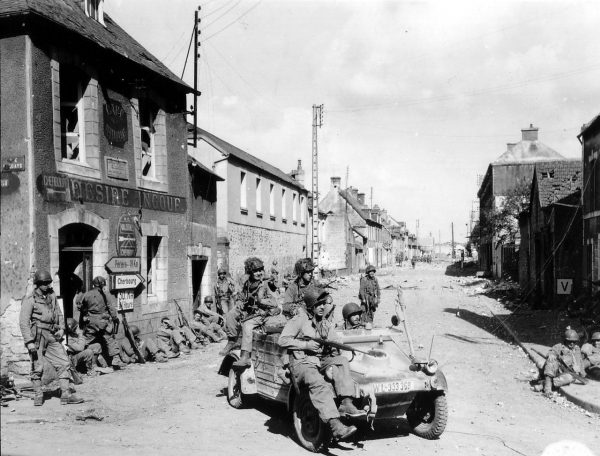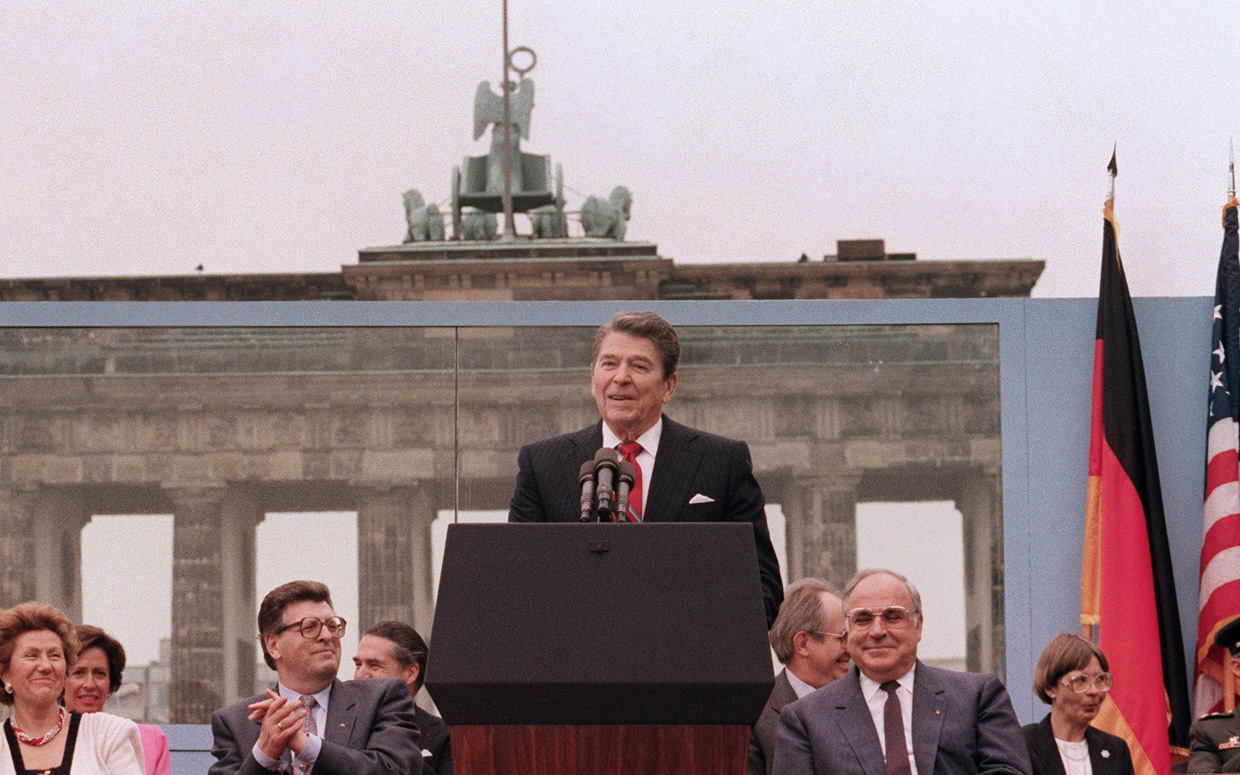June 12 in U.S. military history
1775: British Gen. Thomas Gage declares that the city of Boston is under martial law until the colonists repay for the tea they destroyed during the Boston Tea Party. Gage will pardon all colonists who lay down their arms except Samuel Adams and John Hancock, who are to be hanged.
Meanwhile, British ships arrive at Machiasport (present-day Machias, Maine) to commandeer a load of lumber for the construction of barracks during the colonists’ Siege of Boston. 31 militia members, led by Jeremiah O’Brien, board the merchant ship Unity and engage the British armed sloop HMS Margaretta. After an hour of fighting, Margaretta is captured and the British flag is surrendered to the colonists for the first time. The U.S. Merchant Marine traces their roots to the Battle of Machias.
1862: Confederate Gen. Robert E. Lee, the new commander of the Army of Northern Virginia, orders Brig. Gen. J.E.B. Stuart to investigate the Union army’s right flank during the Peninsula Campaign. Stuart and his 1,200 troopers determine that the right flank is vulnerable, and with Union cavalry is in pursuit (led by Stuart’s father-in-law, Brig. Gen. Philip St. George Cooke), Stuart and his men ride a 100-mile circle around Gen. George McClellan’s 105,000-man Army of the Potomac – capturing soldiers, horses, and supplies. Four days later, Stuart arrives in Richmond to a hero’s welcome.
1918: Eight pilots of the 96th Aero Squadron conduct the first-ever American bombing mission, attacking rail yards at Etain, France. Meanwhile, 2nd Lt. James H. Doolittle, who will go on to lead the Doolittle Raiders over Tokyo during World War II, is issued his pilot license.
1942: 24 years to the day after the first American bombing mission of World War I, American warplanes bomb Europe for the first time of World War II. Col. Harry A. Halverson leads a flight of 13 B-24 Liberator bombers from Libya 1,000 miles to the Axis oil fields at Ploesti, Romania. One plane has to turn back due to mechanical issues, and the bombers inflict minimal damage to the target. Crews land at Turkey (where they are interned), Iraq, and Syria.

1944 (D-Day Plus Six): Paratroopers of the 101st Airborne Division capture Carentan after three days of heavy urban combat, linking the Utah and Omaha beachheads. A third wave of troops and supplies land at the beaches of Normandy. Over 300,000 men, tens of thousands of vehicles, and hundreds of thousands of tons of materiel have hit the beach so far.

In the Pacific, airplanes from Adm. Marc Mitscher’s Task Force 58, consisting of nine aircraft carriers and six light carriers, pound Japanese positions in the Marianas Islands in preparation for the upcoming invasions.
1952: When Pvt. 1st Class Henry Svehla and his fellow soldiers come under heavy enemy fire during a patrol mission, the platoon is quickly pinned down. Realizing the perilous situation he and his men faced, Svehla jumps to his feet and rushes through automatic weapon and small arms fire, firing and throwing grenades as he runs uphill. His men follow him as he inflicts heavy casualties, but he is hit by an enemy mortar. Refusing medical treatment, he continues forward until Svehla spots an enemy grenade that lands in close proximity to his fellow teammates. Svehla hurls himself on the grenade and is fatally wounded, earning him the Medal of Honor (his full citation can be viewed here).
1987: “Mr. Gorbachev, tear down this wall!”
Standing in front of Brandenburg Gate, President Ronald Reagan — a cavalry trooper prior to World War II and ultimately an Army Air Force officer in a motion picture unit — challenges his Soviet counterpart, Mikhail Gorbachev to tear down the Berlin Wall. In two years the wall does come down, signifying the end of the Cold War.
